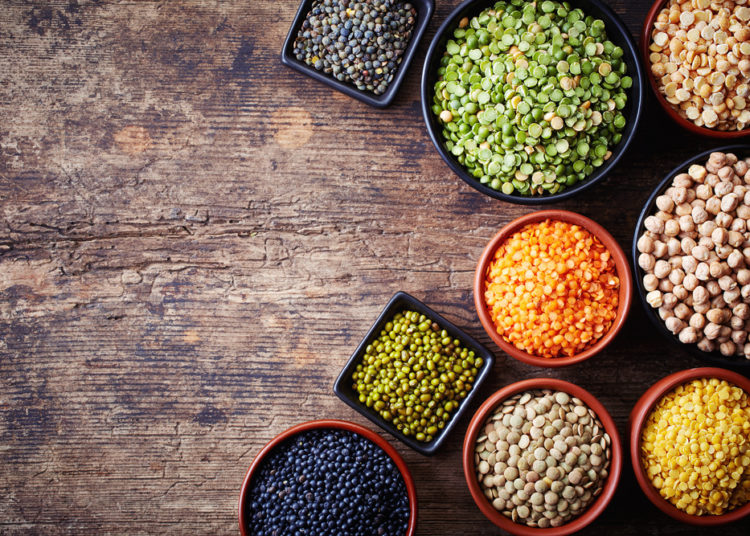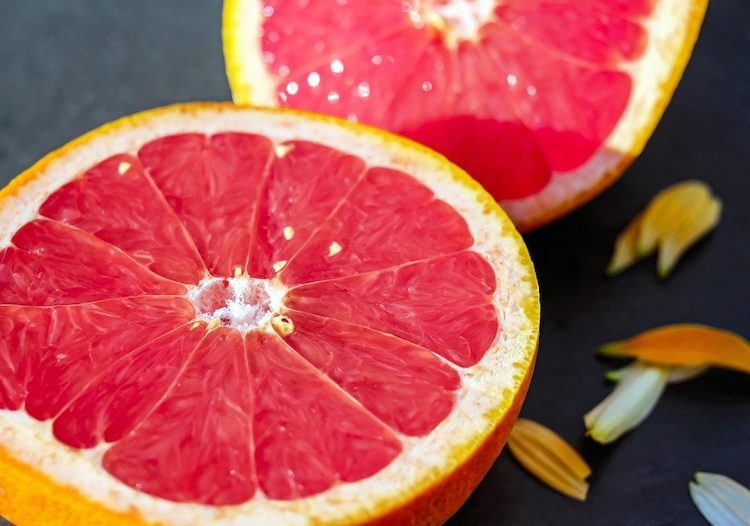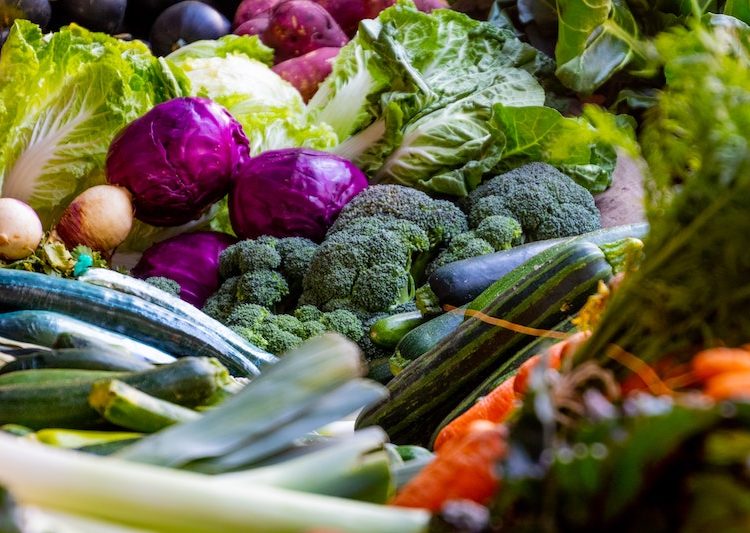The truth about weight loss is that it almost entirely comes down to calories. Sure, there are hormones you might be able to affect that might influence the outcome, and you lose a little more weight if you’re exercising… but only if it puts you in a calorie deficit.
But since practically nobody enjoys weighing their food, there are a lot of diets that might help you lose weight without logging calories. Many do so by limiting foods that will probably make you hungrier and increasing foods that are satiating. There’s also the tactic of simply removing entire food groups (no grains, no carbs, no fat) which will likely result in weight loss. (You know, because you wind up eating less.)
Both these tactics — cutting food groups and increasing satiety – are key to the Slow Carb Diet, created and launched by entrepreneur and self help guru Tim Ferriss in his 2010 bestseller The 4-Hour Body. So how does it work? Here’s what we’re covering.
- Slow Carb Diet Foods
- How Does the Slow Carb Diet Work?
- What About Fruit?
- Aren’t Beans Full of Anti-nutrients?
Editor’s note: The content on BarBend is meant to be informative in nature, but it shouldn’t take the place of advice and/or supervision from a medical professional. The opinions and articles on this site are not intended for use as diagnosis, prevention, and/or treatment of health problems. Speak with your physician if you have any concerns or before beginning any new dietary regimen.
https://www.instagram.com/p/BnJZVJTnZ_S/
Slow Carb Diet Foods
- Emphasizes meat, legumes, and vegetables
The diet is known for legumes, but there’s more to it than that.
In a nutshell, it’s “Paleo, minus fruit, plus legumes, plus a weekly cheat day.”
You can eat whatever you want on the cheat day but for the rest of the week, here’s what the diet emphasizes.
On the Menu
- Meat and eggs
- Legumes, all kinds
- Most vegetables (no potatoes or sweet potatoes)
- Cottage cheese
- Nuts, in limited quantities (one or two handfuls per day)
- Herbs and spices
- Dry red wine, one or two glasses per night(completely optional)
That’s pretty much it. Here’s what’s off the menu.
Off the Menu
- Fruit, with the exceptions of avocados and tomatoes
- Grains, no rice or bread of any kind (he sometimes makes an exception for the 30-minute period after you’ve lifted weights)
- Dairy, except for cottage cheese
- Sugar
- Any liquids that aren’t water, tea, or coffee (besides the red wine)
There’s some debate as to whether or not soy is allowed. Ferriss doesn’t favor it, but it seems that tofu and tempeh are permitted. Generally, though, if you’re asking “Is x allowed on Slow Carb?” the answer is no.
[Compare with cavemen in our guide to the Paleo diet.]

How Does the Slow Carb Diet Work?
There’s more direction than this, though. Ferriss offers the following tips on his Slow Carb Diet guide
- Stick to a template of protein + legumes + vegetables
- Eat the same few meals over and over again
- Eat 3 or 4 meals per day
- If you get really hungry, open a can of lentils
It’s a weight loss diet, and there are a few reasons it can be useful.
Meat or eggs plus legumes at every meal will give you big hits of protein and fiber, which are very filling. It avoids some of the pitfalls of a standard low carb diet by emphasizing the carb- and fiber-heavy legumes to help with energy levels and to prevent calories from going too low.
Repeating the same few meals is meant to help reduce the stress of planning your meals and overthinking your diet.
The Cheat Day
And the cheat day? You can eat and drink whatever you want, alcohol included. As we just mentioned, the mental component is really important: most people fail on their diets because it’s too rigid or they miss their favorite foods too much. A cheat day can give your willpower a much needed break.
But Ferriss also espouses some physiological benefits of cheating. Spiking calorie intake once a week may improve fat loss by making sure your metabolism and thyroid function don’t downshift too much from the extended caloric restriction. There’s some evidence for these claims, with a few studies suggesting that strategically increasing your calories and carbs can help to stimulate metabolic rate and increase the hormone leptin, which might reduce hunger.(1)(2)(3)
You’re still advised to start your cheat day with at least 30 grams of protein, though. This helps with body composition and might keep you from overdoing it too much on the croissants.
[Learn more: The Benefits and Drawbacks of Cheat Meals for Athletes.]
What About Fruit?
If you know much about healthy eating, the forbidden fruit might be surprising to you. Ferriss says you should just get your Vitamin C from vegetables, pointing out in a famous Gizmodo article,
Humans don’t need fruit six days a week, and they certainly don’t need it year-round. If your ancestors were from Europe, for example, how much fruit did they eat in the winter 500 years ago? Think they had Florida oranges in December? Not a chance.
The main argument is that it contains fructose, which he insists will increase fat storage because it converts quickly to glycerol phosphate. This is pretty debatable: when calories are controlled, a lot of data shows that fructose doesn’t seem to increase body weight.(4) But then again, the average person doesn’t count calories and neither does the Slow Carb Diet.
Perhaps a better reason to avoid fruit is that it’s delicious. If you’re following a diet that doesn’t tell you to limit calories then it’ll be tempting to eat a lot of the foods they do allow, and while fruit does contain fiber, it’s a lot easier to “accidentally” eat a pound of bananas than it is to eat a pound of broccoli. The fruit limitation helps keep calories down, and shouldn’t result in nutrient deficiencies if you’re getting plenty of veggies.
[Learn more: 7 Micronutrients That Are Important for Athletes.]

Aren’t Beans Full of Anti-nutrients?
Beans and whole grains sometimes get demonized, usually from the Paleo crowd, for containing phytic acid, which helps plants store energy. The criticism is that phytic acid binds to minerals like iron, magnesium, and zinc, making it harder to absorb them.(5)(6)(7) This has earned it the unflattering moniker of “anti-nutrient.”
But phytic acid, first of all, is an antioxidant that’s been linked to lower risks of cancer and kidney stones — some people take it in supplement form for this reason.(8)(9)(10)
If you’re concerned, though, you’ll be glad to learn that the Slow Carb diet always pairs your legumes with vegetables. Why? Research suggests Vitamin C largely negates the negative effects.(11)(12)
Wrapping Up
These days Tim Ferriss is known for being a huge proponent of the keto diet, but his site includes a ton of stories from people who have lost over a hundred pounds following the Slow Carb Diet.
It’s nutrient dense, simple, doesn’t require calorie counting, and you only have to go 6 days at a time without your favorite junk foods.
It’s restrictive, sure, but that’s in the eye of the beholder: some prefer having a strict calorie count they can fill with whatever they want, others prefer the simplicity of sticking to the same meals and not tracking calories at all.
Without tracking calories (and without much research on this diet), benefits aren’t really guaranteed. But it does a good job of managing hunger and might help you keep food stress at bay.
Featured image via @timferriss on Instagram and nadianb/Shutterstock
References
1. Trexler ET, et al. Metabolic adaptation to weight loss: implications for the athlete. J Int Soc Sports Nutr. 2014 Feb 27;11(1):7.
2. Dirlewanger M, et al. Effects of short-term carbohydrate or fat overfeeding on energy expenditure and plasma leptin concentrations in healthy female subjects. Int J Obes Relat Metab Disord. 2000 Nov;24(11):1413-8.
3. Jenkins AB, et al. Carbohydrate intake and short-term regulation of leptin in humans. Diabetologia. 1997 Mar;40(3):348-51.
4. Sievenpiper JL, et al. Effect of fructose on body weight in controlled feeding trials: a systematic review and meta-analysis. Ann Intern Med. 2012 Feb 21;156(4):291-304.
5. Schuchardt JP, et al. Intestinal Absorption and Factors Influencing Bioavailability of Magnesium-An Update. Curr Nutr Food Sci. 2017 Nov;13(4):260-278.
6. Petry N, et al. In Rwandese Women with Low Iron Status, Iron Absorption from Low-Phytic Acid Beans and Biofortified Beans Is Comparable, but Low-Phytic Acid Beans Cause Adverse Gastrointestinal Symptoms. J Nutr. 2016 May;146(5):970-5.
7. Lönnerdal B. Dietary factors influencing zinc absorption. J Nutr. 2000 May;130(5S Suppl):1378S-83S.
8. Schlemmer U, et al. Phytate in foods and significance for humans: food sources, intake, processing, bioavailability, protective role and analysis. Mol Nutr Food Res. 2009 Sep;53 Suppl 2:S330-75.
9. Omoruyi FO, et al. The potential benefits and adverse effects of phytic Acid supplement in streptozotocin-induced diabetic rats. Adv Pharmacol Sci. 2013;2013:172494.
10. Grases F, et al. Phytate (IP6) is a powerful agent for preventing calcifications in biological fluids: usefulness in renal lithiasis treatment. Anticancer Res. 1999 Sep-Oct;19(5A):3717-22.
11. Davidsson L. Approaches to improve iron bioavailability from complementary foods. J Nutr. 2003 May;133(5 Suppl 1):1560S-2S.
12. Siegenberg D, et al. Ascorbic acid prevents the dose-dependent inhibitory effects of polyphenols and phytates on nonheme-iron absorption. Am J Clin Nutr. 1991 Feb;53(2):537-41.

